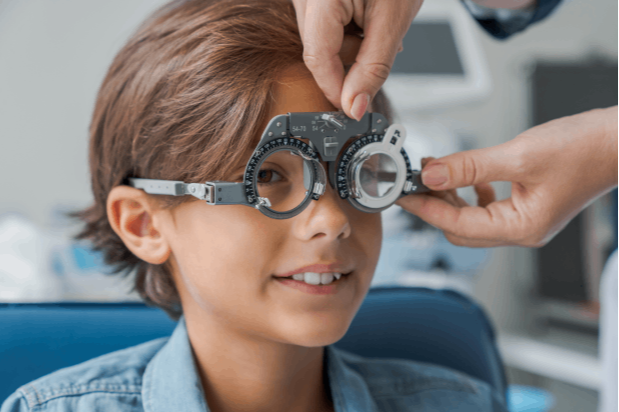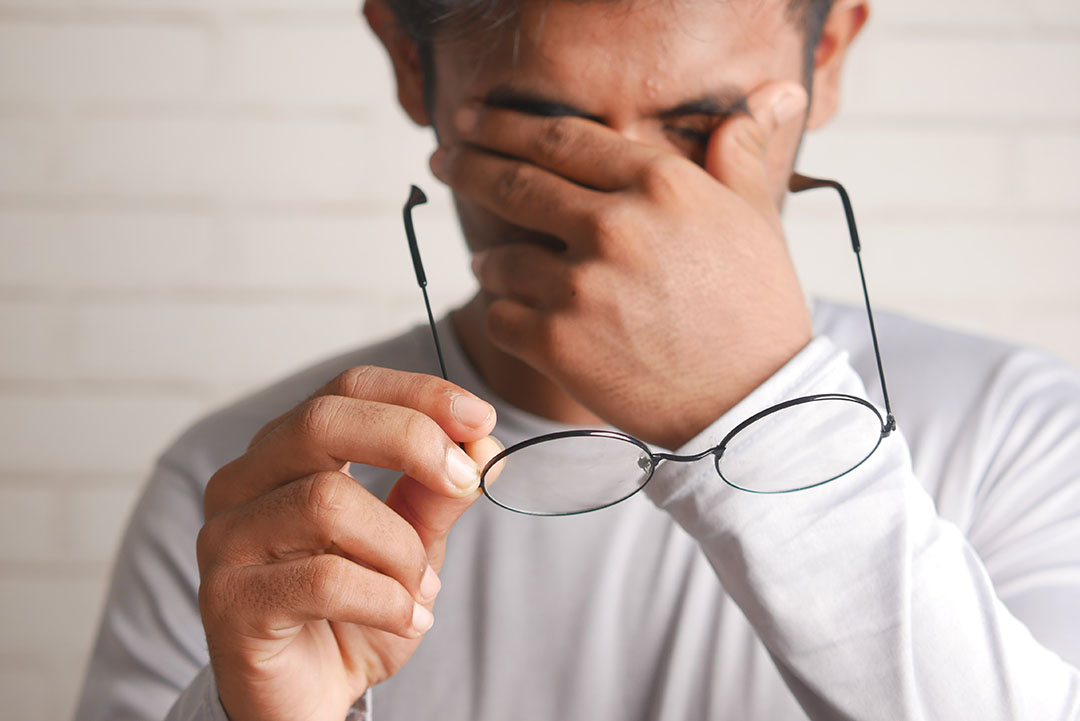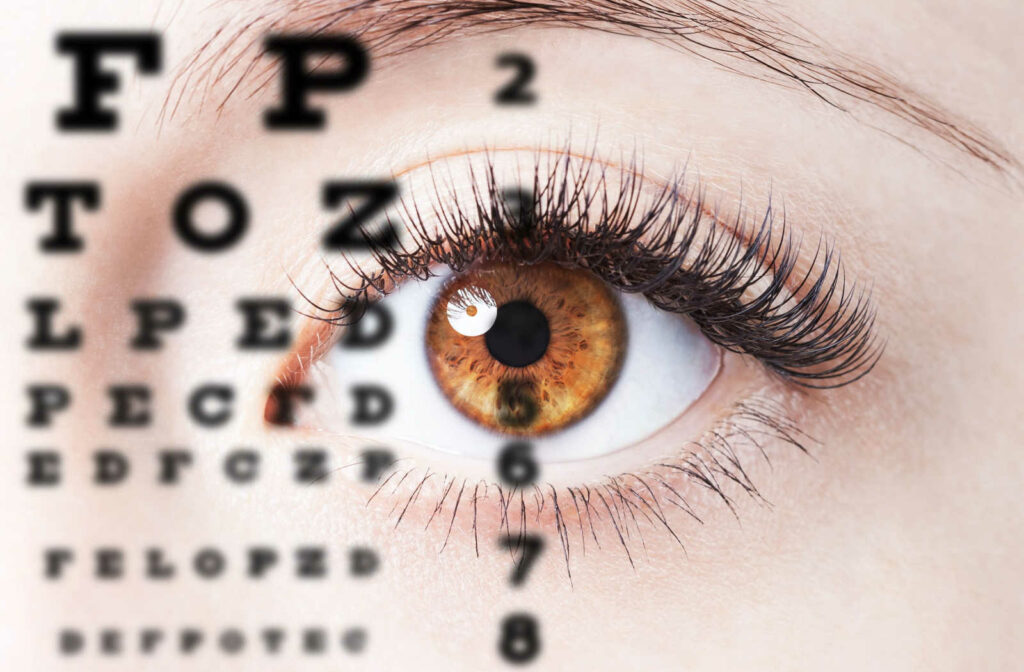All Categories
Featured
Opening Opportunities: Comprehensive Low Vision Recovery Alternatives.
Dealing with low vision can present distinct difficulties, however modern-day rehabilitation techniques encourage individuals to grow and adjust. From sophisticated innovation to hands-on training, there are various alternatives made to improve day-to-day live and foster self-reliance. Below's an in-depth consider the diverse recovery options readily available for those with low vision.
The Function of Low Vision Recovery
Reduced vision rehab focuses on aiding people maximize their remaining vision and create abilities to handle their environments. With a combination of tools, training, and customized support, rehab programs improve performance and increase self-confidence in browsing everyday tasks.
Key Reduced Vision Rehabilitation Options
Personalized Visual Aids
High-Powered Magnifiers: These gadgets are available in portable, wearable, or electronic styles, allowing customers to read, write, or sight items up close.
Telescopic Glasses: Ideal for enhancing distance vision, these glasses aid with tasks such as seeing tv or reading indicators.
![]()
Filter Lenses: Colored lenses decrease glare, boost contrast, and give UV defense, enhancing comfort and presence.
Technological Advancements
Digital Zoom Gadgets: Desktop computer and portable devices use adjustable zoom, making it possible for simpler access to printed products and electronic content.
![]()
Voice-Assisted Technology: Screen readers, voice-enabled smartphones, and AI-driven applications help individuals navigate the electronic globe a lot more effectively.
Wearable Vision Aids: Smart glasses outfitted with electronic cameras and auditory comments supply real-time support with analysis, identifying things, and spatial alignment.
Specialist Training Programs
Alignment and Mobility Training: This program educates people how to move with confidence within their homes and areas, commonly integrating walking sticks or guide dogs.
Daily Living Abilities: Specialized training furnishes people with strategies to execute vital tasks such as food preparation, clothing, and handling household chores.
Adaptive Visual Strategies: Specialists overview people on leveraging peripheral vision or scanning approaches to make up for vision loss.
Ecological Modifications
![]()
Easy adjustments at home or work can considerably boost ease of access:
Making use of contrasting colors for better object differentiation.
Adding job illumination to improve exposure.
Noting home appliances with responsive indications for less complicated procedure.
Emotional and Social Assistance
Handling vision loss typically includes emotional changes. Assistance groups and therapy services use a safe space to share experiences and construct durability.
Peer mentoring programs link individuals with comparable challenges, promoting camaraderie and shared services.
Accessing Rehabilitation Providers
Low vision rehabilitation solutions are widely offered through:
Specialized Clinics: Eye doctors and eye doctors learnt low vision treatment offer customized evaluations and solutions.
Nonprofit Organizations: Groups like the American Foundation for the Blind and VisionAware provide resources, guidance, and recommendations.
Community Centers: Local solutions might provide inexpensive or cost-free training and access to assistive gadgets.
Final Ideas
Reduced vision does not need to indicate a reduced top quality of life. With the best combination of devices, training, and assistance, individuals can gain back self-reliance and take pleasure in fulfilling lives. By exploring the many recovery alternatives available, those with low vision can find methods that function best for their unique requirements and situations. If you or a loved one faces vision challenges, don't wait to connect to a reduced vision expert to start the trip toward empowerment and flexibility.
Dealing with low vision can present distinct difficulties, however modern-day rehabilitation techniques encourage individuals to grow and adjust. From sophisticated innovation to hands-on training, there are various alternatives made to improve day-to-day live and foster self-reliance. Below's an in-depth consider the diverse recovery options readily available for those with low vision.
The Function of Low Vision Recovery
Reduced vision rehab focuses on aiding people maximize their remaining vision and create abilities to handle their environments. With a combination of tools, training, and customized support, rehab programs improve performance and increase self-confidence in browsing everyday tasks.
Key Reduced Vision Rehabilitation Options
Personalized Visual Aids
High-Powered Magnifiers: These gadgets are available in portable, wearable, or electronic styles, allowing customers to read, write, or sight items up close.
Telescopic Glasses: Ideal for enhancing distance vision, these glasses aid with tasks such as seeing tv or reading indicators.

Filter Lenses: Colored lenses decrease glare, boost contrast, and give UV defense, enhancing comfort and presence.
Technological Advancements
Digital Zoom Gadgets: Desktop computer and portable devices use adjustable zoom, making it possible for simpler access to printed products and electronic content.

Voice-Assisted Technology: Screen readers, voice-enabled smartphones, and AI-driven applications help individuals navigate the electronic globe a lot more effectively.
Wearable Vision Aids: Smart glasses outfitted with electronic cameras and auditory comments supply real-time support with analysis, identifying things, and spatial alignment.
Specialist Training Programs
Alignment and Mobility Training: This program educates people how to move with confidence within their homes and areas, commonly integrating walking sticks or guide dogs.
Daily Living Abilities: Specialized training furnishes people with strategies to execute vital tasks such as food preparation, clothing, and handling household chores.
Adaptive Visual Strategies: Specialists overview people on leveraging peripheral vision or scanning approaches to make up for vision loss.
Ecological Modifications

Easy adjustments at home or work can considerably boost ease of access:
Making use of contrasting colors for better object differentiation.
Adding job illumination to improve exposure.
Noting home appliances with responsive indications for less complicated procedure.
Emotional and Social Assistance
Handling vision loss typically includes emotional changes. Assistance groups and therapy services use a safe space to share experiences and construct durability.
Peer mentoring programs link individuals with comparable challenges, promoting camaraderie and shared services.
Accessing Rehabilitation Providers
Low vision rehabilitation solutions are widely offered through:
Specialized Clinics: Eye doctors and eye doctors learnt low vision treatment offer customized evaluations and solutions.
Nonprofit Organizations: Groups like the American Foundation for the Blind and VisionAware provide resources, guidance, and recommendations.
Community Centers: Local solutions might provide inexpensive or cost-free training and access to assistive gadgets.
Final Ideas
Reduced vision does not need to indicate a reduced top quality of life. With the best combination of devices, training, and assistance, individuals can gain back self-reliance and take pleasure in fulfilling lives. By exploring the many recovery alternatives available, those with low vision can find methods that function best for their unique requirements and situations. If you or a loved one faces vision challenges, don't wait to connect to a reduced vision expert to start the trip toward empowerment and flexibility.
Latest Posts
Uncover the Best Auto Repair Deals in Montclare, Chicago
Published May 27, 25
1 min read
How to Know When Your Car Needs Skilled Auto Repair at Montclare Auto Repair
Published May 27, 25
1 min read
The Benefits of Regular Car Maintenance at Montclare Auto Repair Reduces Costs
Published May 22, 25
1 min read
More
Latest Posts
Uncover the Best Auto Repair Deals in Montclare, Chicago
Published May 27, 25
1 min read
How to Know When Your Car Needs Skilled Auto Repair at Montclare Auto Repair
Published May 27, 25
1 min read
The Benefits of Regular Car Maintenance at Montclare Auto Repair Reduces Costs
Published May 22, 25
1 min read